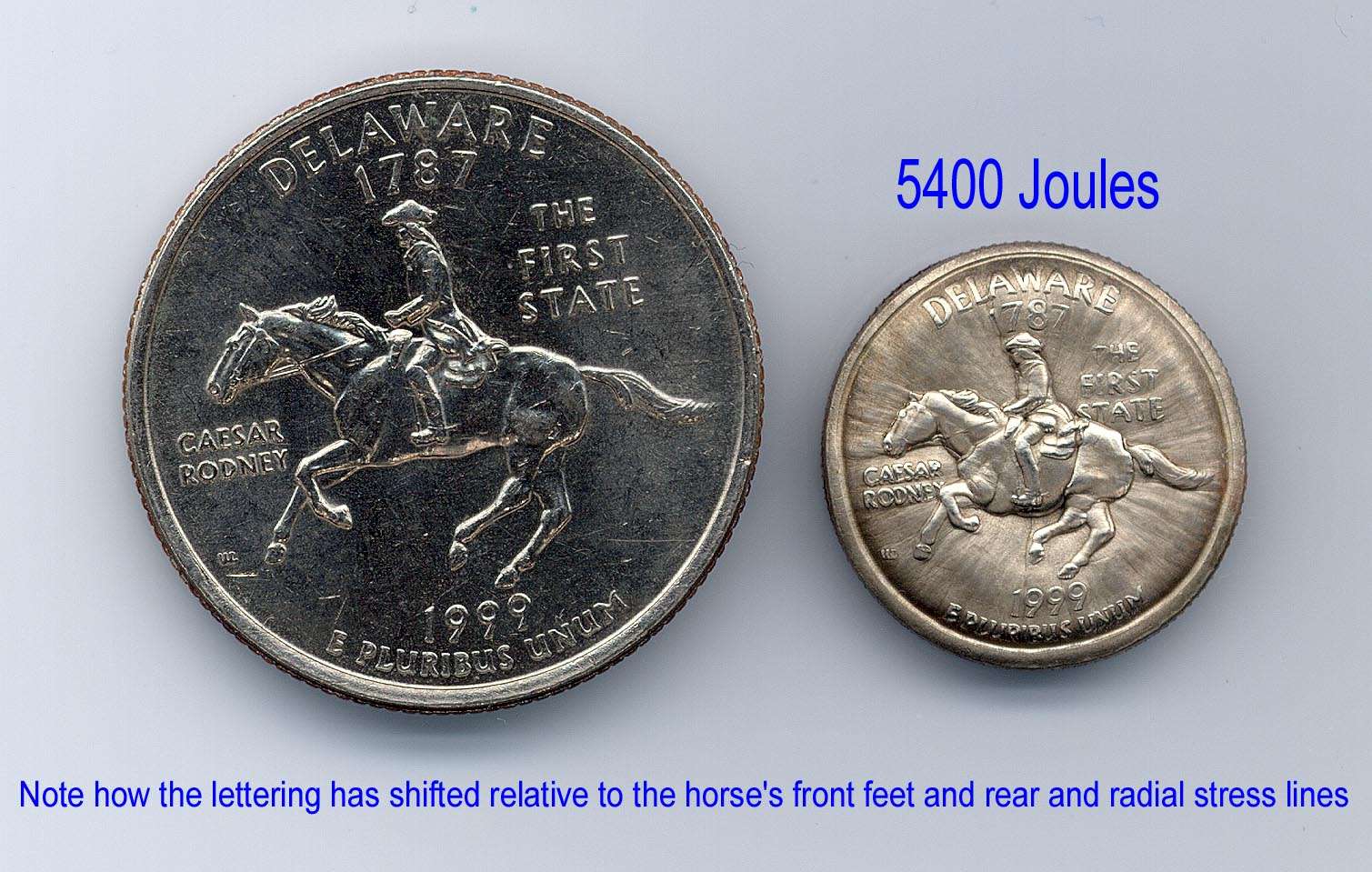By contrast, nylon stretches too much and poly is almost impossible to knot well.
I 100% agree on the nylon, but "poly" is a different issue. Polypropylene is the cheap stuff at home stores (and other reliable sources), but typically has those disadvantages. It is also what our POCO (Duke Power then) used to pull lines, and discarded after some number of uses or time; we used it for many noncritical uses as youngsters.
Polyester, on the other hand, is an excellent product, can have its "hand" (surface feel and to some extent knot holding) controlled by the manufacturer. Prior to the newer fibers and blends, it was used, almost exclusively, for low stretch applications on sailboats where wire was objectionable. Today, Spectra and Kevlar seem to have the high end of that market.
DuPont's tradename for polyester fiber is Dacron; there are many proprietary and generic alternatives ... polyester is not 100% definitive; nor is nylon. Each can be optimized for a purpose.


